
The number of surf casters and light tackle enthusiasts casting soft plastics for striped bass is increasing each season. Whether the application is a weedless bait on light tackle in the early season or rigged on a jig head for a summer night in the surf we see more use of soft plastics now than ever. Along with the advances in soft baits themselves have come innovations in rigging soft plastics for striped bass.
Wide Variety of Shapes and Sizes
The popularity and innovation stem in large part from the versatility of soft plastics. There are a wide variety of profiles with soft, pliable bodies that produce a life-like action. Some argue that the supple materials also give soft plastics a better mouth-feel than hard lures. The benefit being that the gamefish would be less likely to let go immediately after striking. Also, many manufacturers impregnate their soft plastics with scents of bunker and sand eel when creating baits to target striped bass and other northeast gamefish. In the simplest terms there are three designs used in saltwater:
-
Jerk Baits with inline tails of various shapes. When fishing jerk baits the rod tip creates the action, and it is more subtle.
-
Paddle Tails with a wide flat tail oriented horizontally to the body of the bait. Paddle tails are a much more active bait, and the design of the bait creates the action.
-
Grub Tails or pigtails also have a lot of action and are used in smaller soft plastics and to enhance a bucktail jig. Very popular in freshwater.
Beyond this point, there are a dizzying amount of options and would require a series of articles to scratch the surface.
Pre- Rigged Soft Plastic Options


Rigging Options for Soft Plastics

Centering Pin Springs are a simple way of attaching the hook to the head of a soft plastic bait. Rigged right these can be tossed in skinny water and are effectively weedless.

The Owner Beast Hooks are popular for this application as are the center pin hooks developed for Albie Snax. Worm Hooks also create a weedless presentation through simple rigging, and the length helps stiffen the body of the lure which allows for better casts. So anglers will make a few turns with tying thread behind the hook eye to create a surface to apply Zap A Gap Thin just before they permanently seat the hook in the bait. The Mustad Big Bite Soft Plastic Hook is a popular choice for this application. Here's our selection of swimbait hooks. 
Additionally, there is an assortment of jig heads on which to secure your bait, you may prefer one or another based on hook strength, size, the preferred method of attachment or color. MagicTail Kill Shotshave been among our more popular due to its heavy 8/0 hook and with a ridged collar designed to provide a secure attachment. The Jeck's Bullet Bucktail has built a strong following in short order in part because the rear of the jig head is flat allowing a flush fit with the bait. This improves durability, and the flush fit positively impacts castability. With any jig head, it's a good idea to super glue the area used to secure the soft plastic to the jig. Here's our selection of jig heads.
Soft Plastic Rigging Tips

Let's address a common challenge when rigging soft plastics for any gamefish regardless of the hook and method selected. That is "Where to enter the bait to ensure it swims properly?" Ideally, you do not want to pull the plastic off the hook/ jighead repeatedly in an attempt to get it right, but an improperly rigged soft plastic will twist on the retrieve creating an unnatural action in the water and sending the twists up your line causing "wicked tangles" in your braid in the future. The first step is to lay the hook or jighead on top of the plastic, to see where the hook and ultimately the bend would exit the body with the bait snug to the head while maintaining a straight but not overly stretched bait. Mark that point either with your forefinger and thumb or some anglers nick that location using the hook point to maintain orientation.
Rigging Weightless Soft Plastics
When rigging a weightless hook, you want to start and stay in the center of the bait until you reach the target location and then exit the bait through the center as well. Staying on the center line is all the more critical with unweighted hooks.
Rigging Jig Heads
When using a jig head hold the bait with your thumb and forefinger start in the center and thread the body onto the jighead, pushing the hook through the marked point and continuing to slide the bait forward until it contacts the jig head. If you have a flush connection a little Zap A Gap at the juncture will enhance durability.
A Word of Caution When Rigging Jig Heads
Many jigheads have some type of retention ridges or hooks to secure the soft plastic. Some excellent examples are the Z-Man TT Headlockz HD, Hogy Barbarian Jig Hook and Mustad Elite Bullet Jig Head; but with some materials or on smaller, thinner profile baits these retention methods can split and ruin the bait. So be mindful of using a strong hook with a bulky retention method with smaller and harder plastics as they may split. Probably the perfect time for a jig head with a bare hook utilizing the thread and super glue method described above or one of the jig heads from Owner mentioned above. At the end of the day when rigging soft plastics, "practice makes perfect." Now more than ever, you can rig a soft plastic bait easily and for just about any surf or light tackle situations.




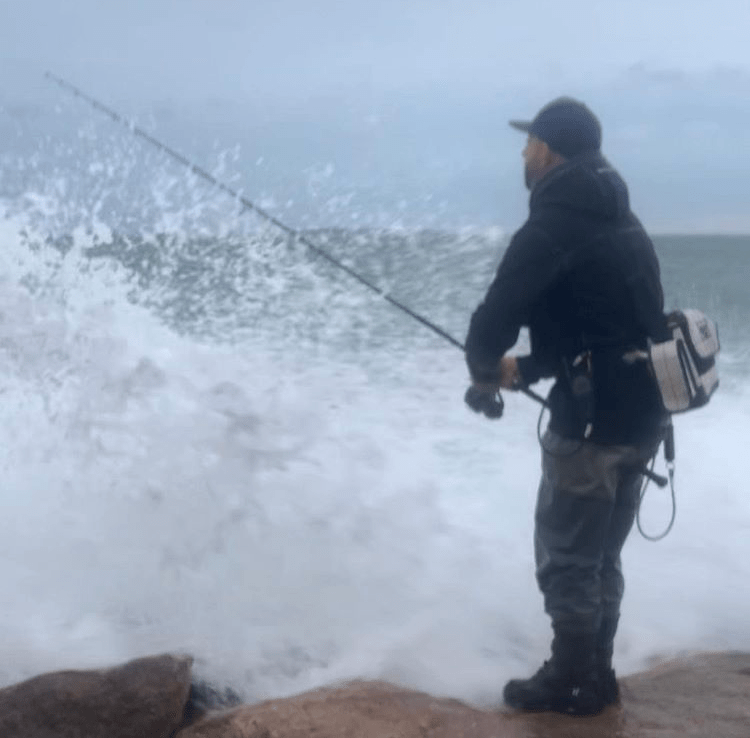

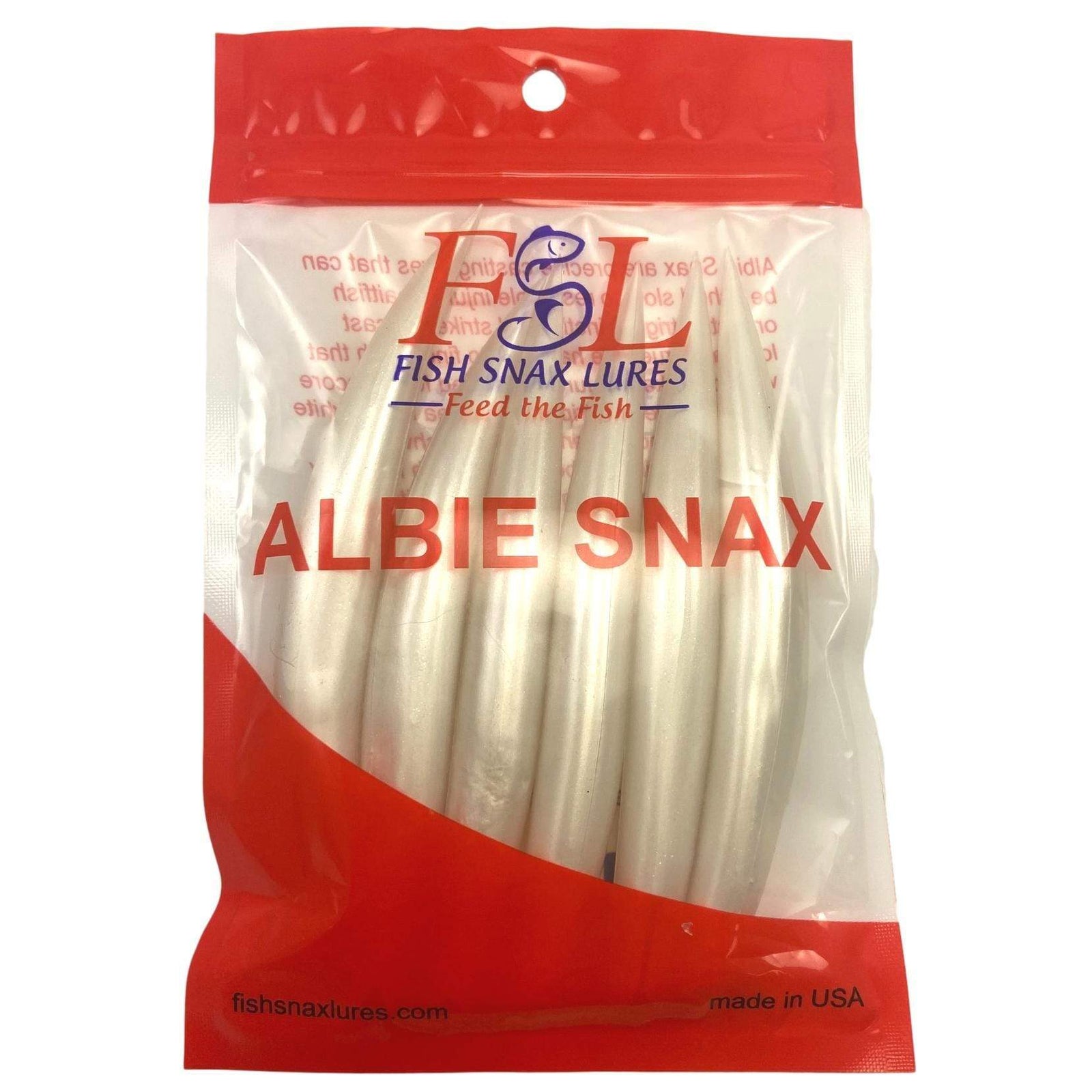

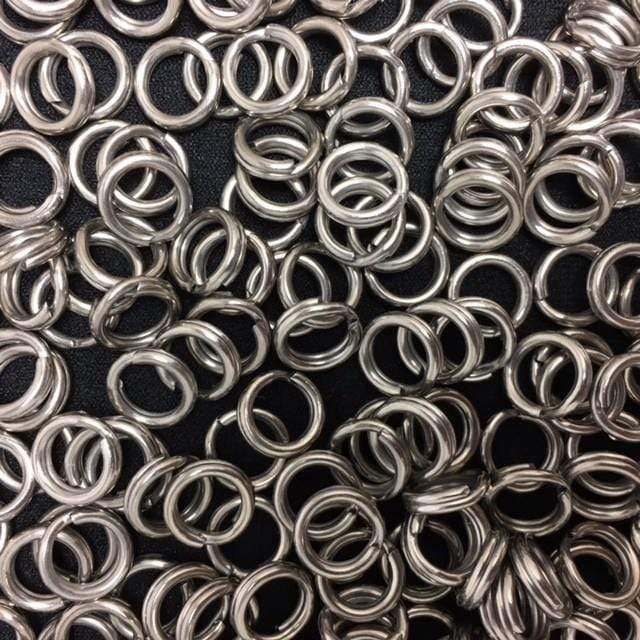
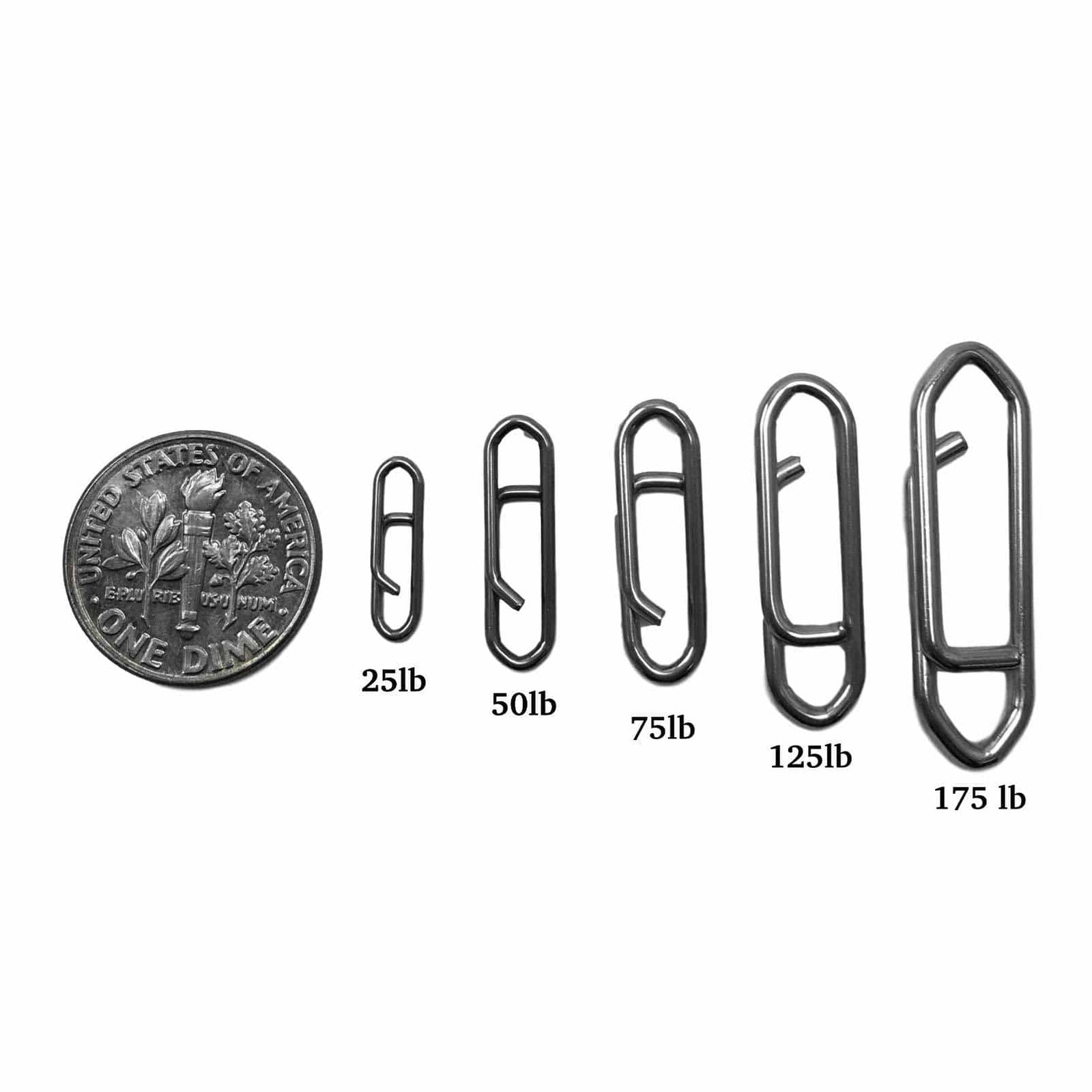

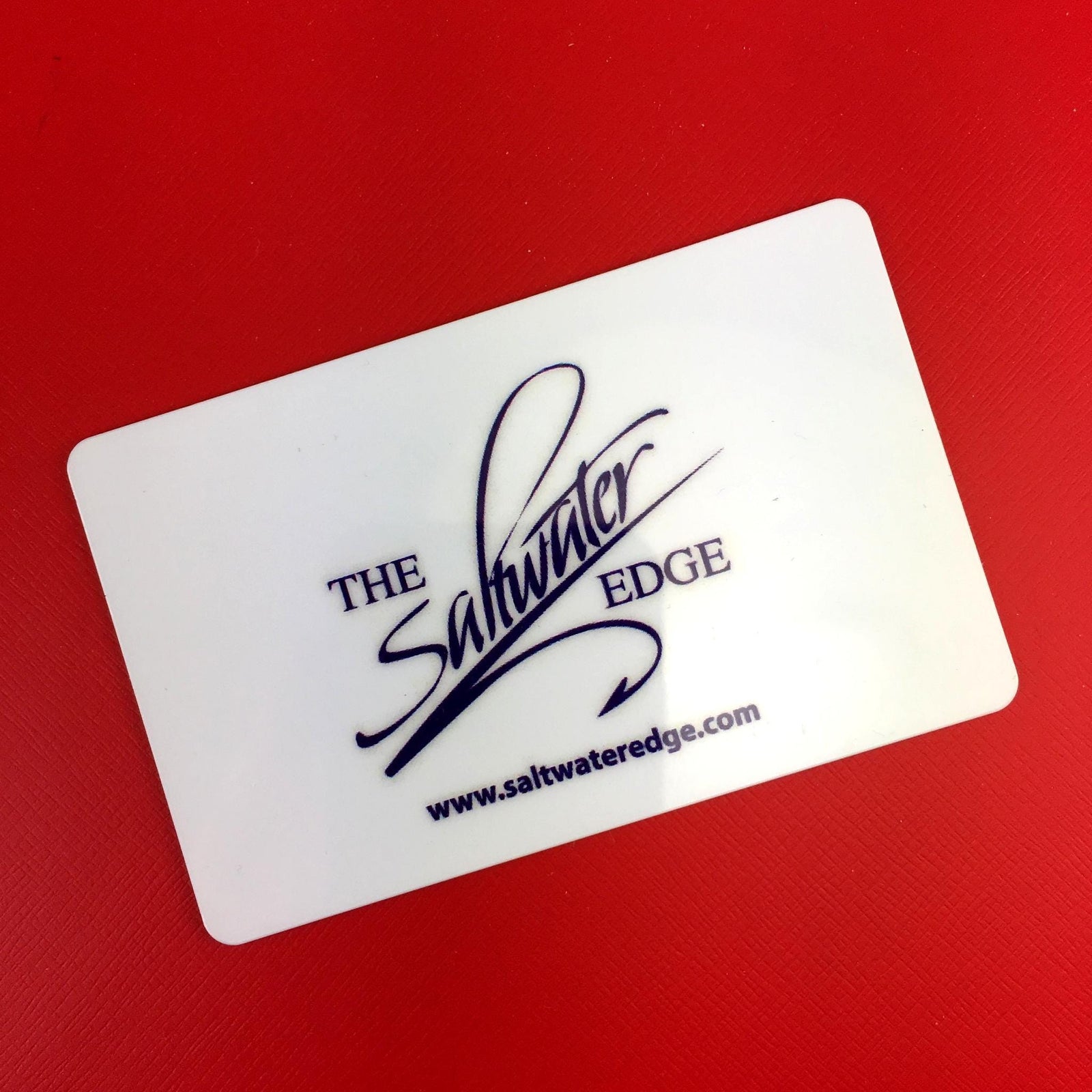
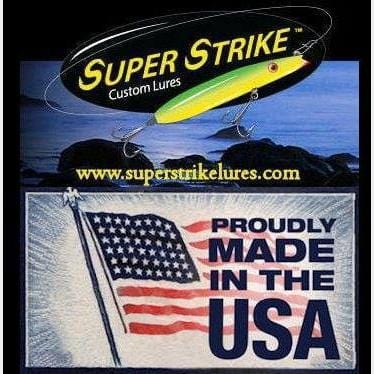

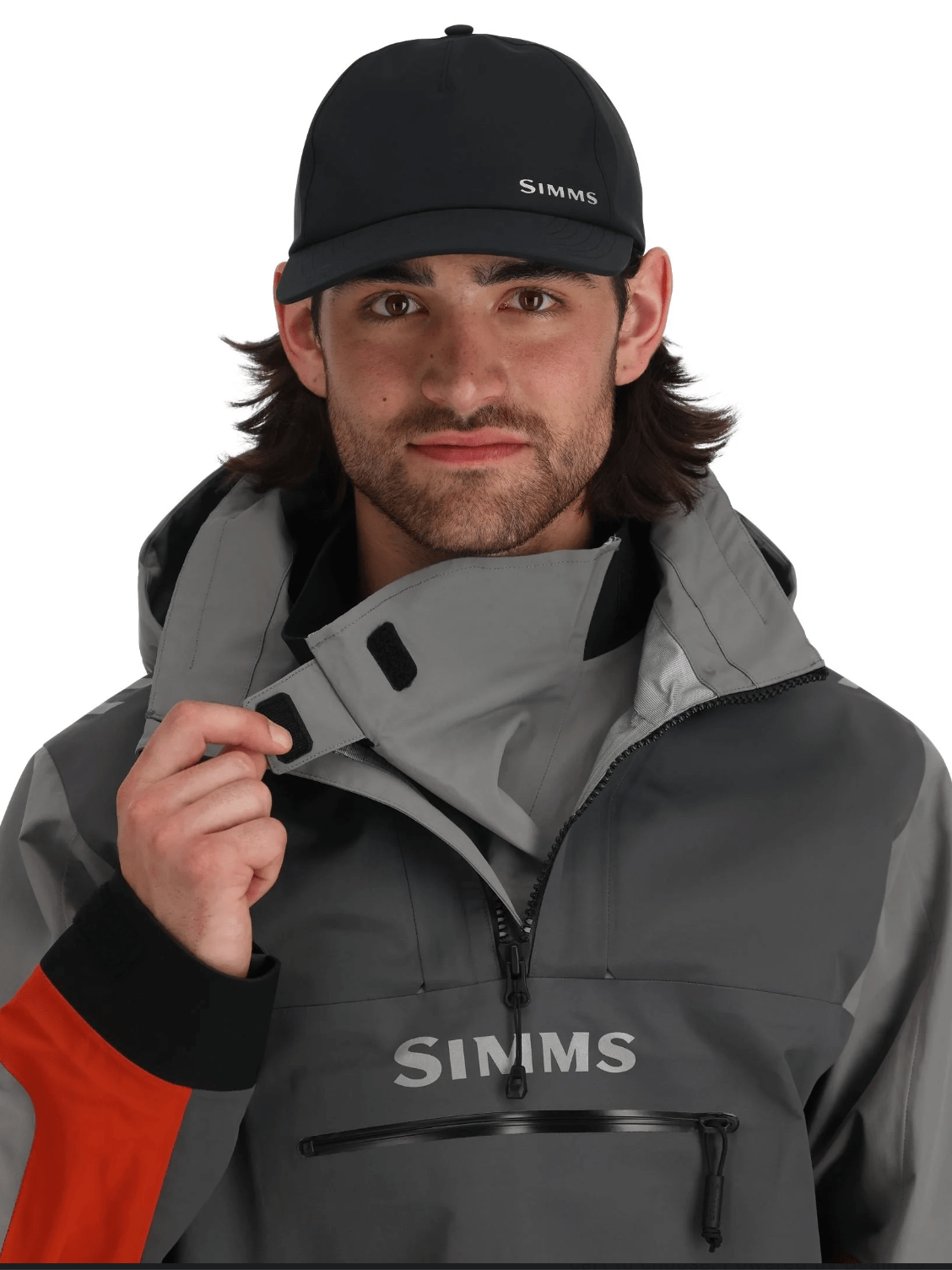

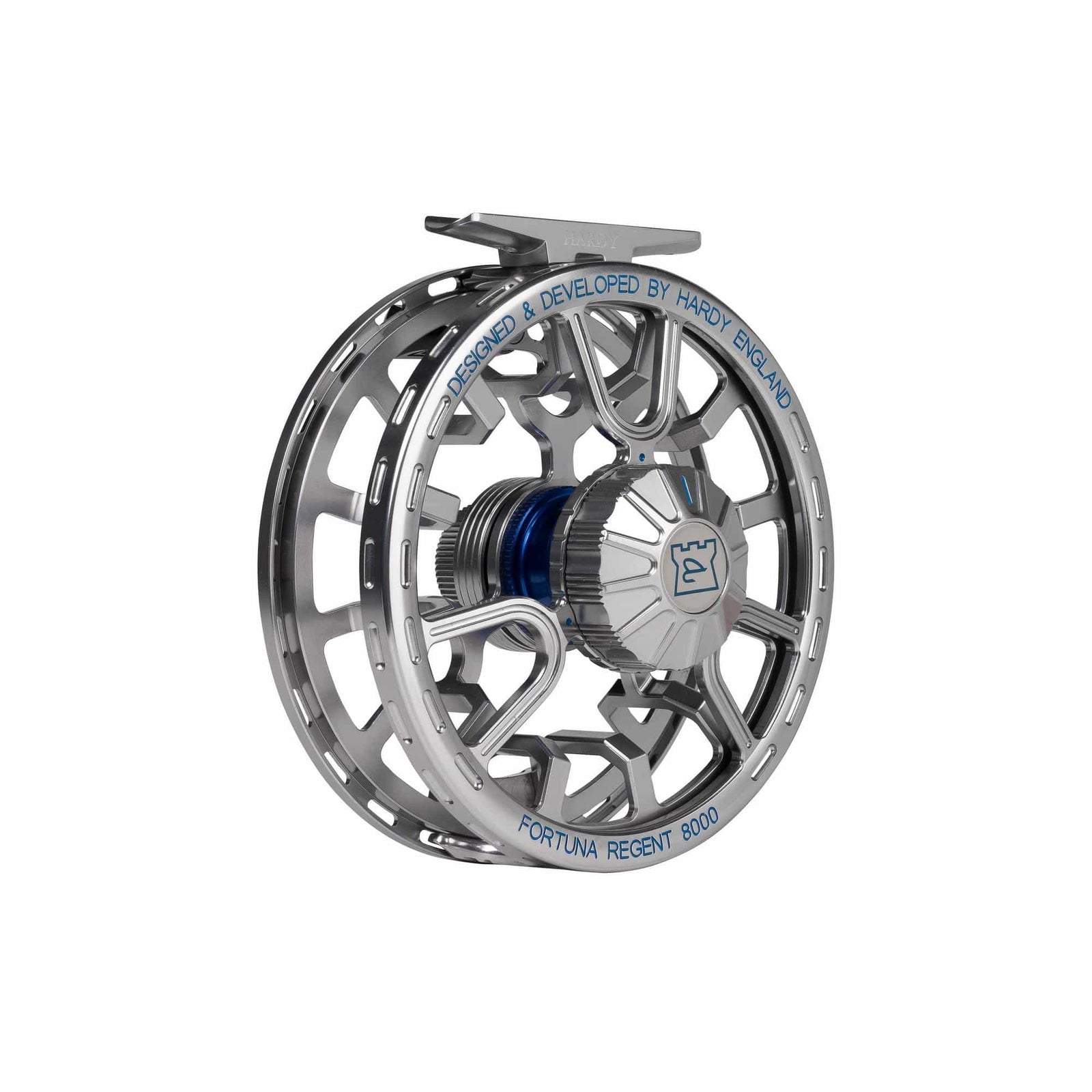
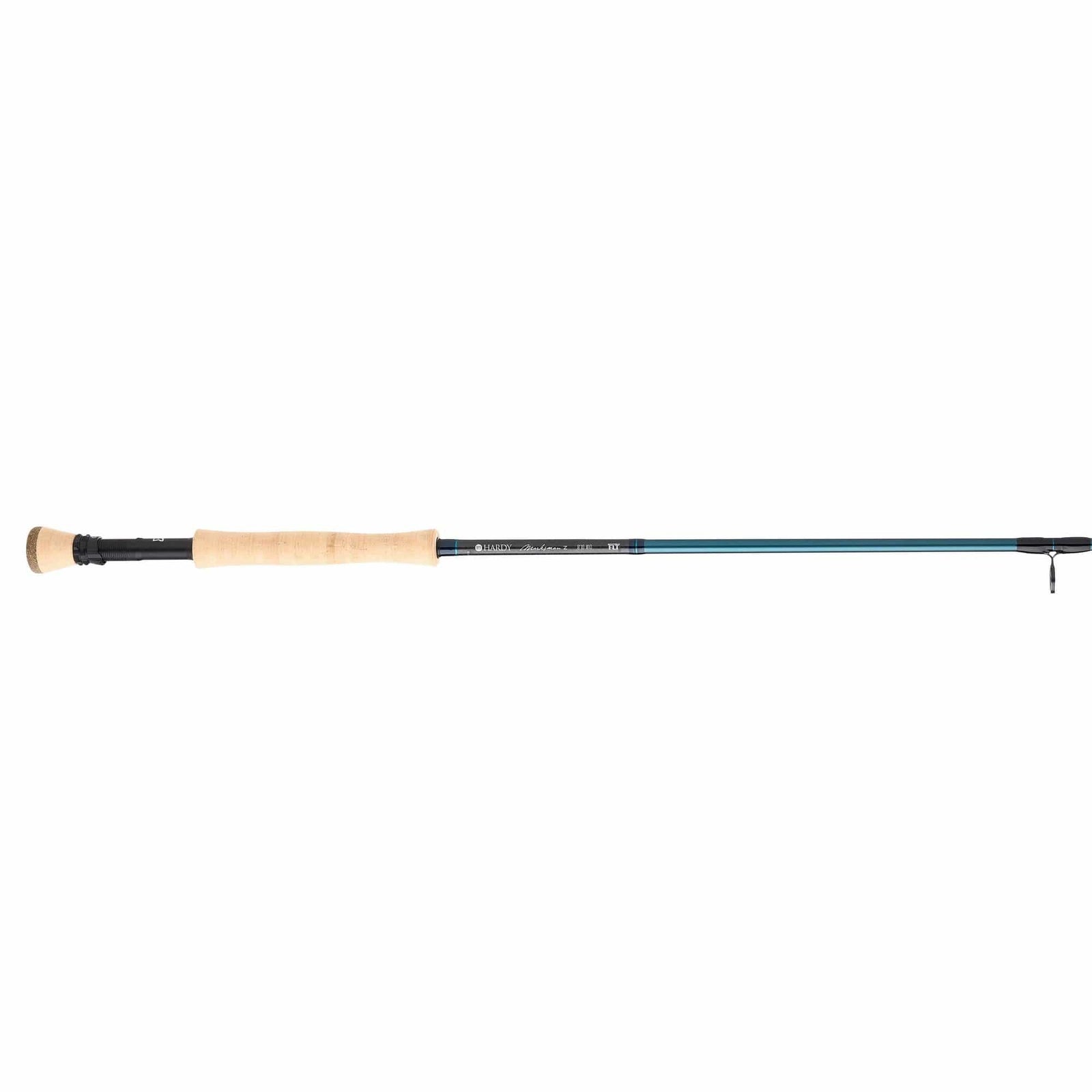
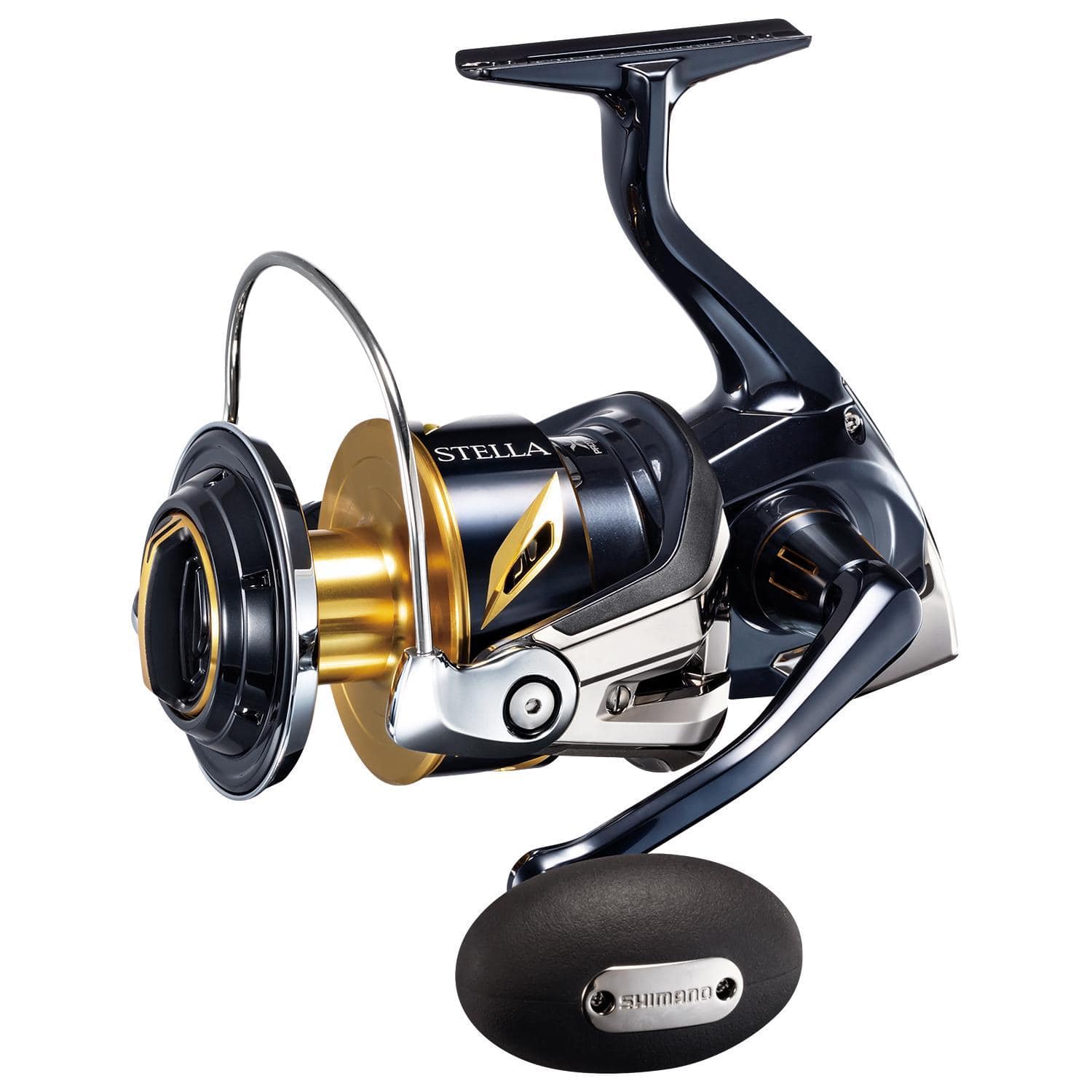
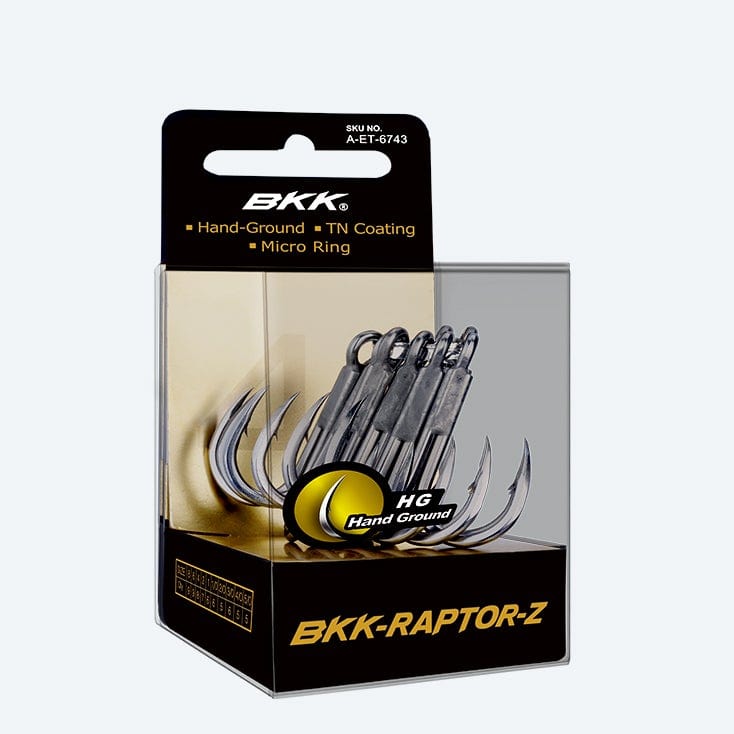
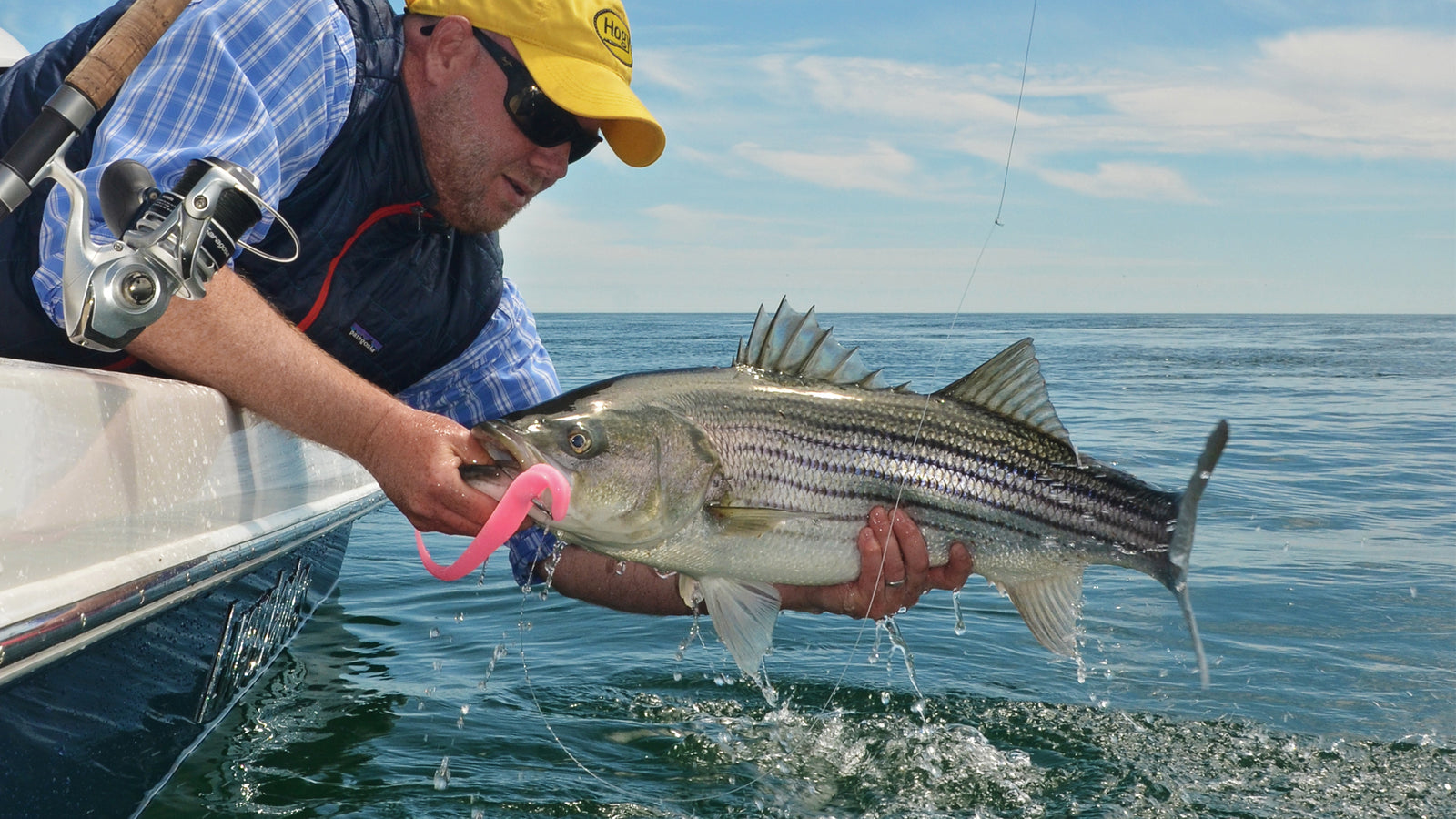

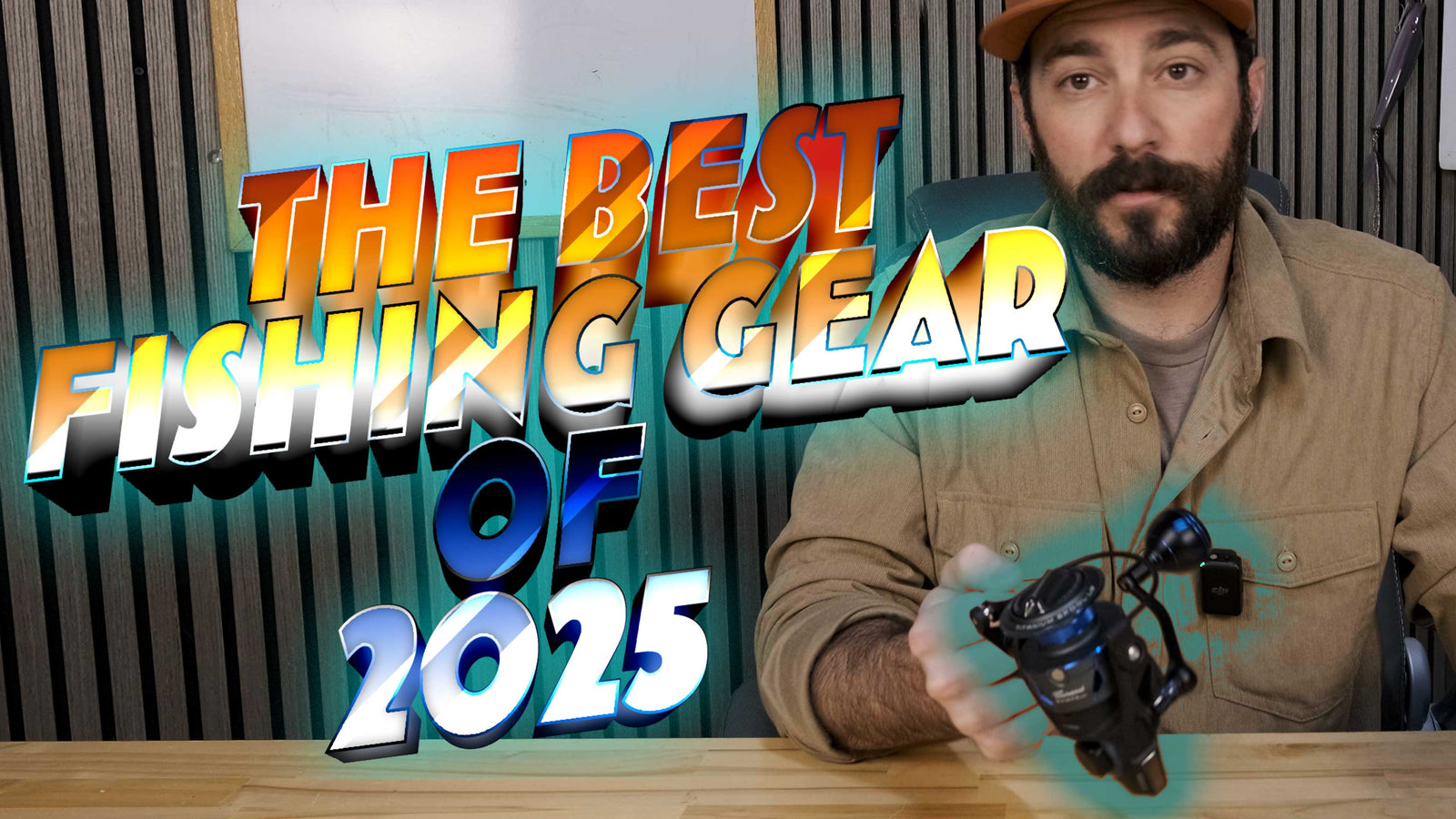
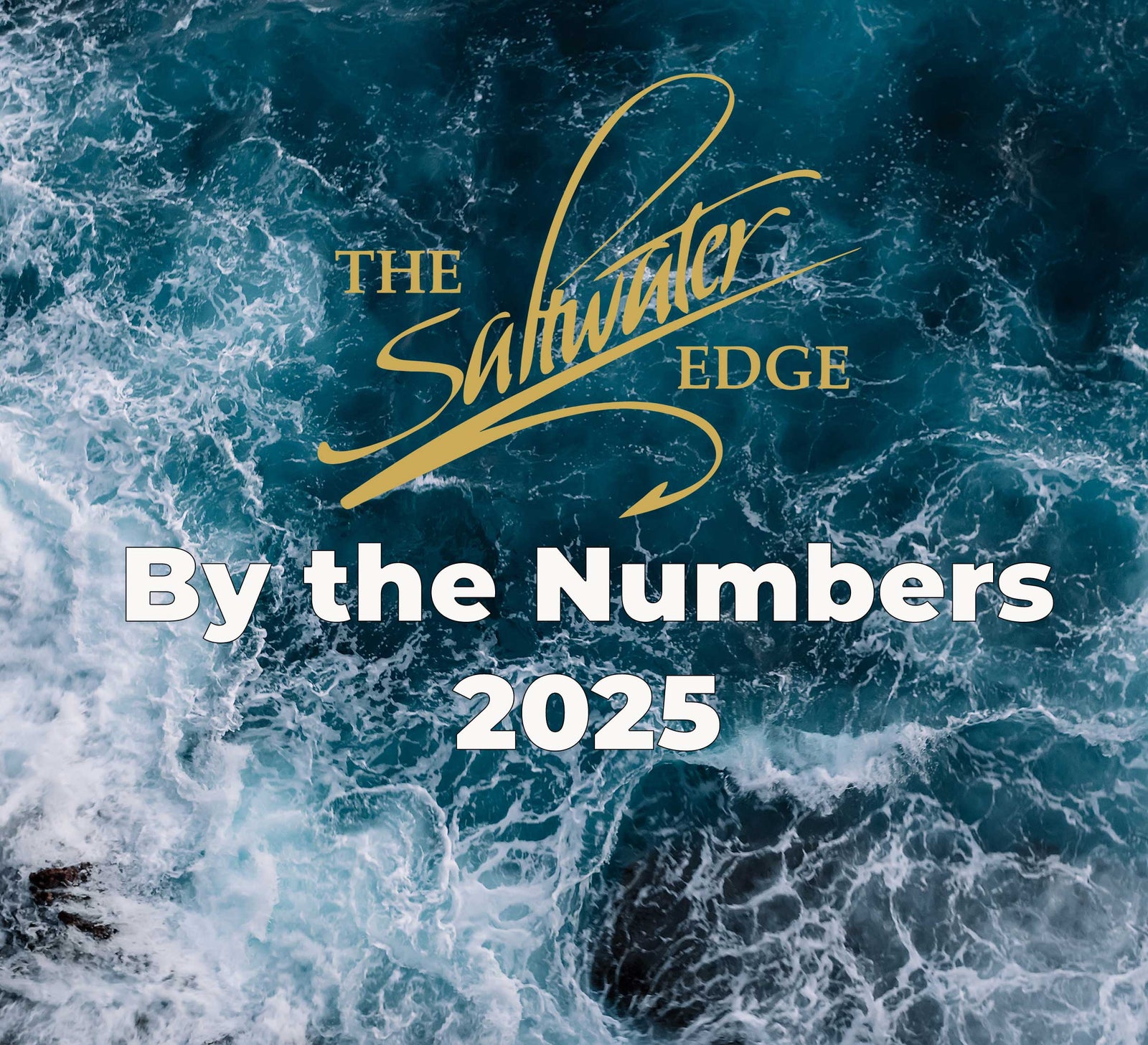
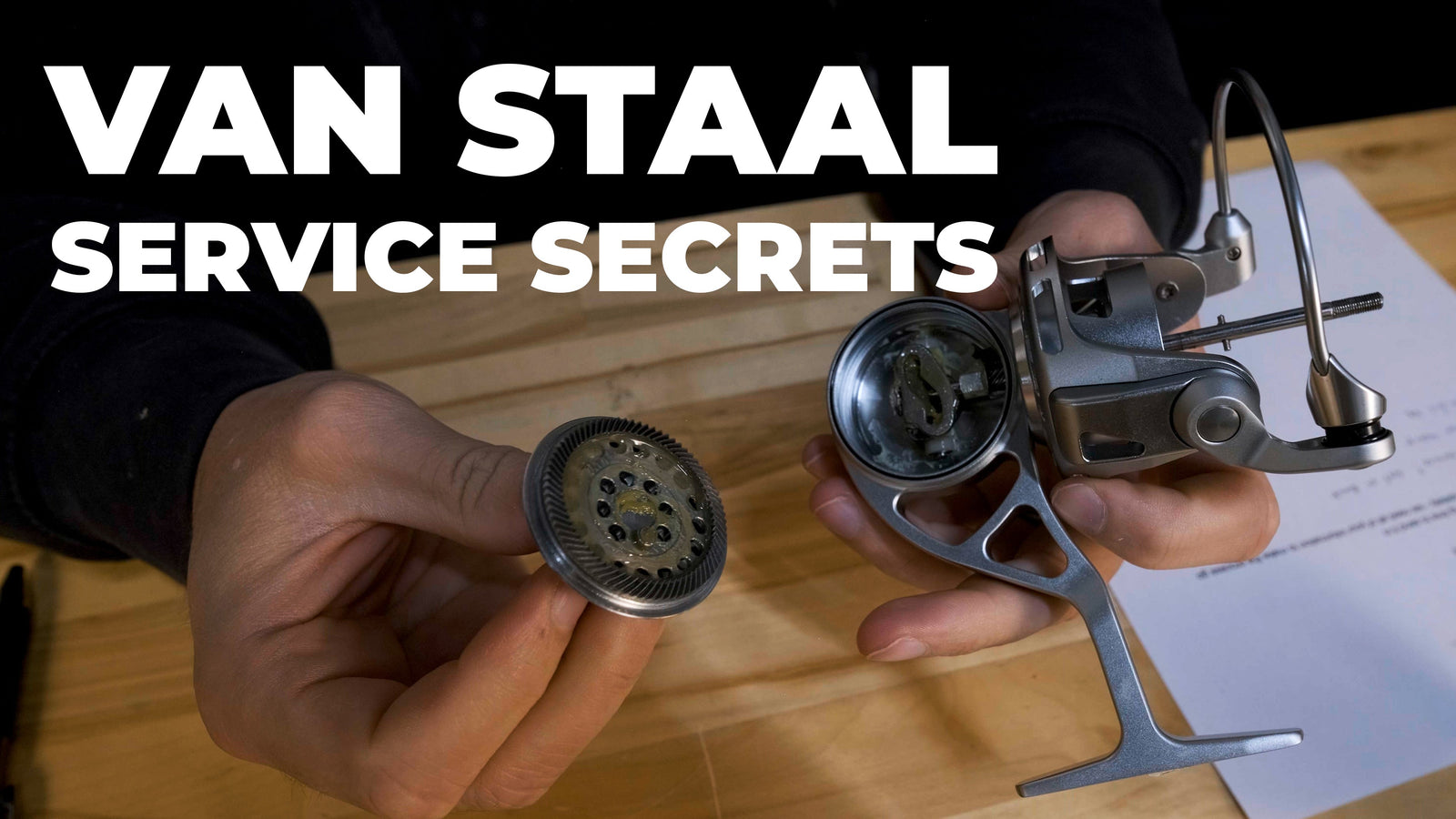
Robert H.
March 26, 2022
As far as soft plastics go I use most brands out there but had the best luck with Al Gags whip it fish. I use the 1 1\2oz and 2oz heads from shore. The 4" and 5" bodies work good on schoolies. I had the best luck on the pearl or the silver sparkle Color during the day.